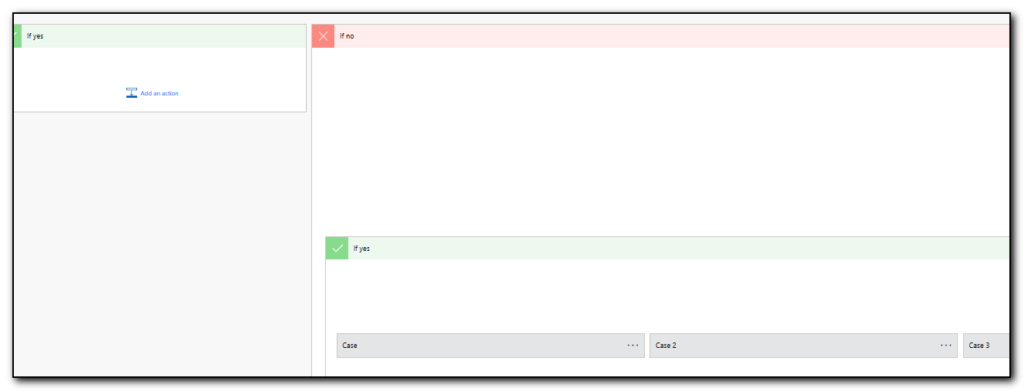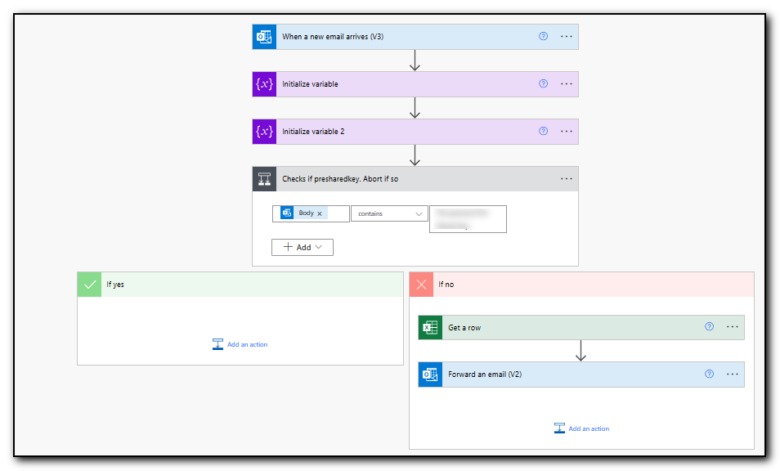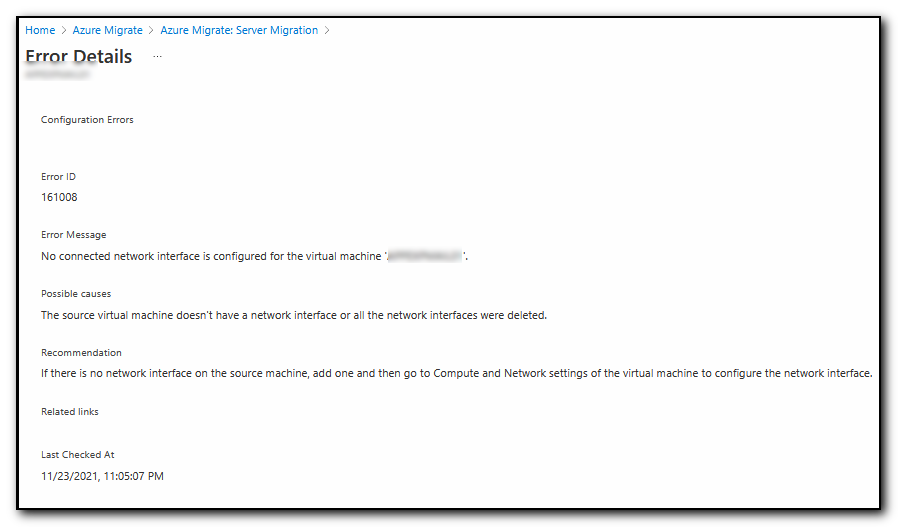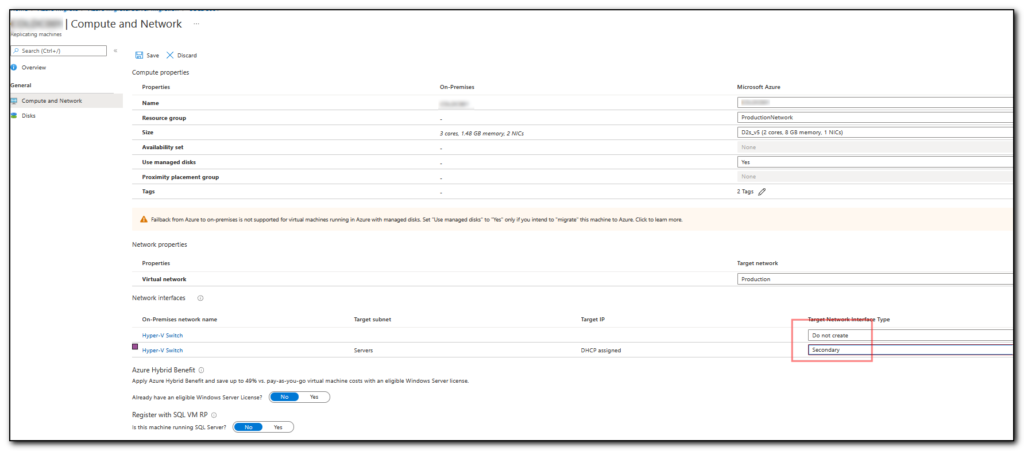I’ve been trying to automate the manipulation of incoming emails from an unnamed source that contains the users first and last name but not their email address and then send an email to that person.
Unfortunately, I am not able to compose an email address based on the first letter of their first name and full surname along with the domains as the domains could be different (and the naming convention too).
I was initially doing this with a case statement in Power Automate which is very ugly, inefficient and pretty laborious to set up and I also found out the hard way that there is a limit to the number of Case statements you can have – 25 in case (pun intended) you are wondering.

Spent some time today to switch to an excel lookup that will grab the first and last name from the email and then pull back the email address that should be used in Excel. However, it kept returning the error no row was found with id ‘First Last’ even though there was only one row with the value of ‘First Last’
The issue was that I had created a table in Excel for all of Column C through E and this includes lots of empty lines that the Get a row command will choke on. Fixed by defining the table in Excel to only contain the actual data that I needed such as $C$1:$E$80, Power Automate now only returns one value and the script continues on successfully.





